#ancientart
Text

Love and Friendship. Roman Baths: A Meeting Place for Leisure and Sport
Roman baths in ancient Rome were public facilities that were visited by people of all social classes and walks of life. They were a place for socializing, relaxation, and personal hygiene.
The Romans had a relatively liberal attitude towards sexuality. Same-sex relationships were not prohibited, and they were often accepted. In some cases, they were even seen as positive.
In Roman baths, there were sometimes sexual encounters between men. This often happened between men of the same social status. However, it was also common for men from different social classes to have sexual relationships with each other.
Young men often went to the baths together to socialize, exercise, and relax. It was not uncommon for young men to be naked together in the baths. This was seen as a sign of camaraderie and friendship.
There is also evidence to suggest that there were occasional sexual encounters between young men in Roman baths. However, this did not always happen. In some cases, the young men were simply friends who were spending time together.
Text AI Bard
Base draft image: Generated with StableDiffusion v1.5 (modul mix)
Postwork: out/inpaint composing with CS Paint and Automatic1111 (using different moduls, partial manual up/downscale to recalculate better details), manual composing and correction paint over with CS Paint.
144 notes
·
View notes
Text
Researchers unveiled a remarkable discovery of rock carvings depicting ships, chariots, people, and horses, dating back 2,700 years in Sweden, shedding light on prehistoric artistry and seafaring culture.
102 notes
·
View notes
Photo
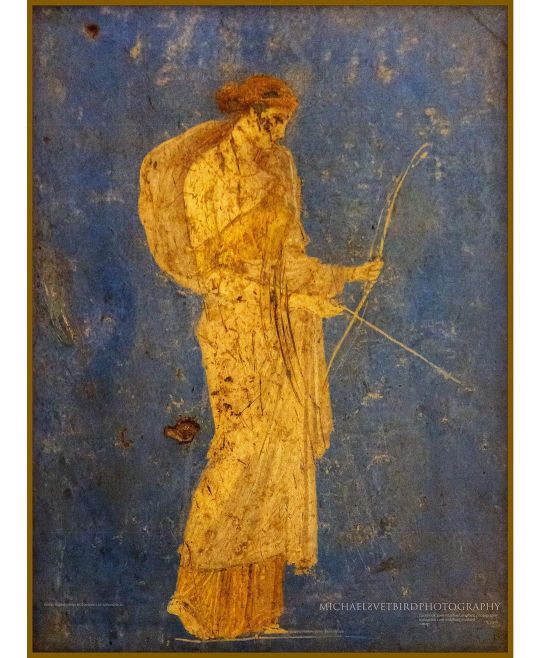
: • ARTEMIS or APHRODITE Fresco: My take on this famous mural painting from Stabiae [near Pompeii], Ariadne's Villa, 1-45 AD. Approx h37cm X w27cm . "Artemis or Aphrodite, for her long dress, with the bow of Eros." [©MANN] . Museo Archeologico Nazionale di Napoli | MANN @museoarcheologiconapoli . MANN | Phs©MSP | 10|22 4840X3580 600 [i.] The photographed object is the property of MANN and subject to the Museum copyright. All labels & descriptions txt ©MANN. https://mann-napoli.it/en/home-english [no commercial use | sorry for the watermarks] . • Part of the 'MANN.Selected' MSP Online Gallery: . • D-ART: https://www.deviantart.com/svetbird1234/gallery/76957935/mann-selected . • FB Album: https://www.facebook.com/media/set/?set=a.1329554957413078&type=3 . . #naples #napoli #mann #archaeologicalmuseum #museoarcheologico #ancientart #stabiae #ancientrome #ancient #fresco #mural #frescoes #antiquity #archaeology #arthistory #museology #mythology #artemis #άρτεμις #artemide #artemida #aphrodite #αφροδιτη #aphrodita #afrodita #goddess #archaeologylovers #archaeologyphotography #museumphotography #michaelsvetbird ©msp @michael_svetbird 10|22 mann @museoarcheologiconapoli (at Museo Archeologico di Napoli) https://www.instagram.com/p/Ck8DGQOIpUK/?igshid=NGJjMDIxMWI=
#naples#napoli#mann#archaeologicalmuseum#museoarcheologico#ancientart#stabiae#ancientrome#ancient#fresco#mural#frescoes#antiquity#archaeology#arthistory#museology#mythology#artemis#άρτεμις#artemide#artemida#aphrodite#αφροδιτη#aphrodita#afrodita#goddess#archaeologylovers#archaeologyphotography#museumphotography#michaelsvetbird
178 notes
·
View notes
Text

A peacock feather.
One tiny detail 6/?
Herculaneum.
#peacock feather#herculaneum#fresco#onetinydetail#ancientart#ancient rome#ancientroman#originalphotography#ancientprettythings
98 notes
·
View notes
Photo


Work form earlier this year but pretty much made or today! The Ibex/goat is the one of the most common "animal calendar" marker being the symbol of winter/rain season across hundreds of ancient cultures, with their mating season starting in December (Julegoat, Krampus with ibex horns, goats pulling the wagon of thunder gods etc.)
#solstice#winter solstice#winter equinox#animism#animal calendar#solar#year#winter#ibex#3d#art#digitalart#bronzage#pagan#iron age#ancient#ancientart#paganart#folkart#yule#yule time#solar cross#sun wheel#lunegrimmart#artistis on tumblr#animalart#folk art
129 notes
·
View notes
Photo

|DUALITATEM|
#canineart#lineart#linework#sighthound#darkart#fantasyart#fantasy#darkfantasy#dark aesthetic#art#artist#macabreart#ancientart#digitalart#furryart
64 notes
·
View notes
Text

Maya Ink Magic: Creative Tattoo Idea
#MayaTattoo#TattooIdeas#InkArt#CreativeInk#MayanCulture#TattooInspiration#AncientArt#MesoamericanInk#MayanDesigns#BodyArt#TattooInspo#InkMagic#MayanHeritage#TattooTrends#ArtisticInk
3 notes
·
View notes
Text









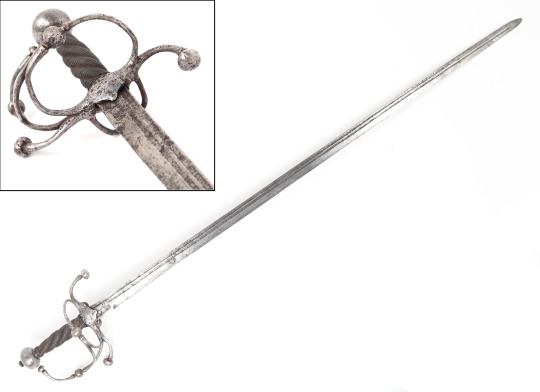


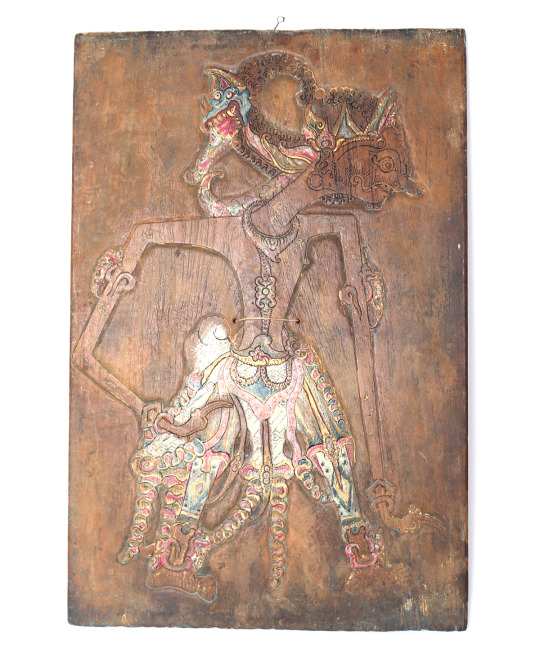
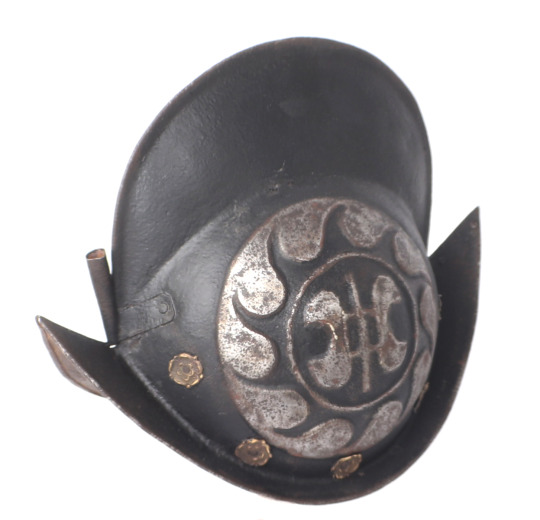
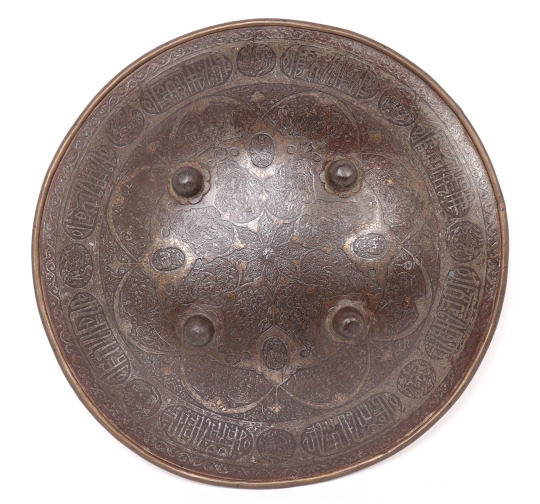


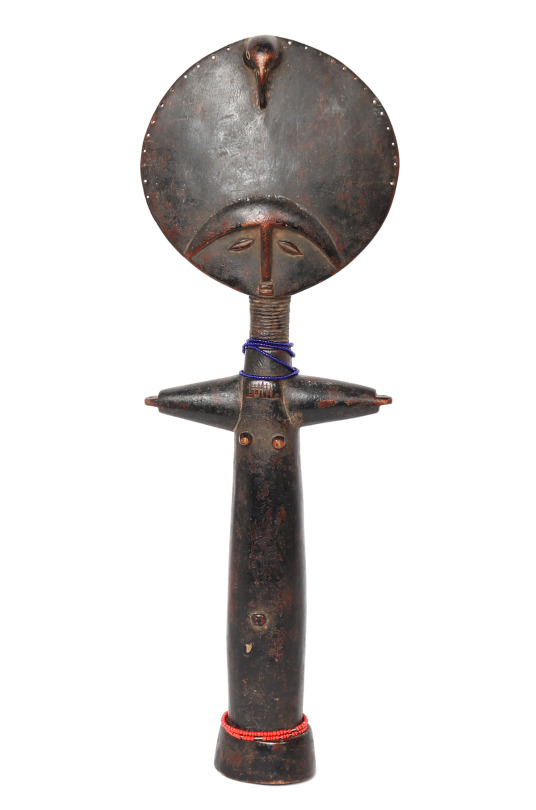




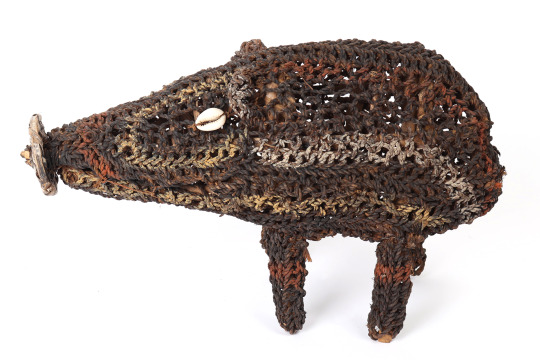
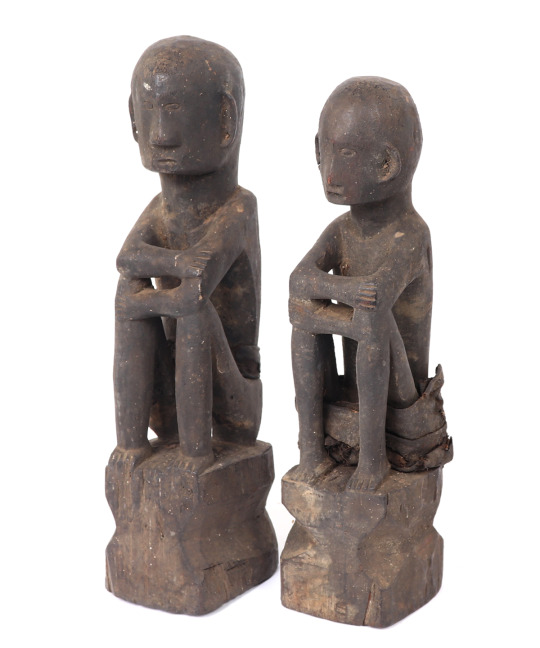
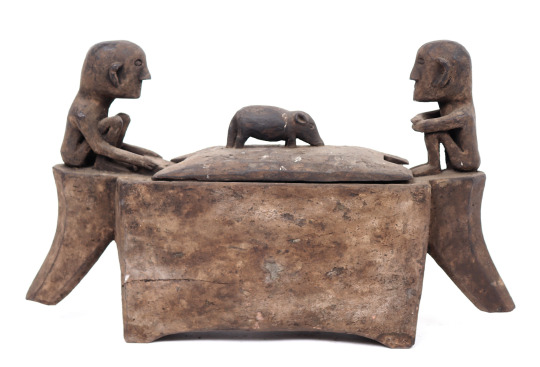
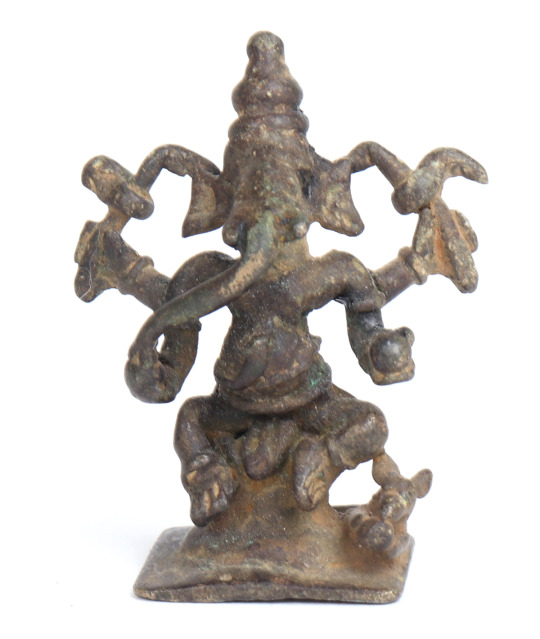
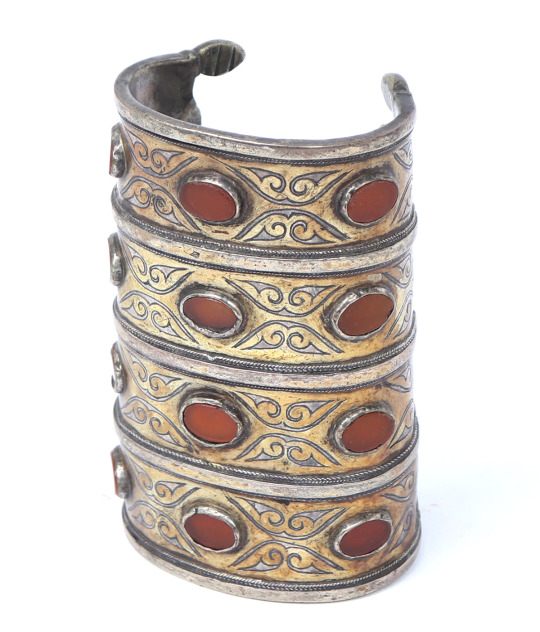

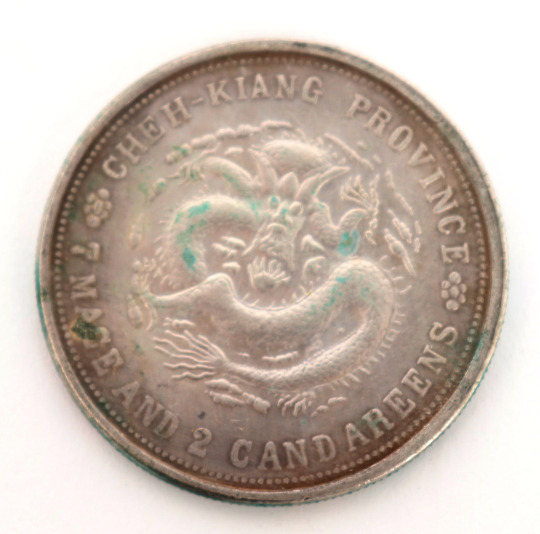

Check out our auction for tomorrow, Friday, April 19th! We've got incredible ancient antiquities from around the world, you won't want to miss it. Mother's Day is around the corner, find something unique for your mom today!
AUCTION DAY TOMORROW!
#artifacts#ancientart#antique#antiquedecor#antiqueguns#archaeology#history#antiques#archeology#ancient#art#homedecor#museum#artifact#handmade#relics#arrowheads#interiordesign#arrowhead#relichunting#interiordecor#swords#armsandarmour#weapons#flintlock#musket#cutlass#dagger#katana#precolumbian
2 notes
·
View notes
Text
Roman mosaic depicting a bird

ITEM
Mosaic depicting a bird
MATERIAL
Tesserae
CULTURE
Roman
PERIOD
3rd Century A.D
DIMENSIONS
400 mm x 440 mm x 40 mm
CONDITION
Good condition
PROVENANCE
Ex Swiss private collection, E.O., Geneve, acquired before 1990s
Roman mosaics are renowned for their intricate designs and enduring beauty, often depicting various motifs that reflect the cultural and artistic sensibilities of the time. Among these motifs, the depiction of birds holds particular significance in Roman art. Birds were commonly featured in Roman mosaics for their symbolic meanings, which varied depending on the species portrayed. The birds motif in Roman mosaics served both decorative and symbolic purposes, enriching the visual appeal of the artwork while conveying deeper layers of meaning to the viewer.
In Roman art, birds were frequently associated with themes of freedom, transcendence, and divine communication. Depictions of birds such as doves, eagles, and peacocks symbolized different aspects of Roman society and belief systems. For example, doves were often associated with peace and love, while eagles were emblematic of power and authority, often representing the Roman state and its military prowess. Peacocks, with their vibrant plumage, were symbols of immortality and resurrection in Roman mythology, associated with deities such as Juno and Hera.
The
Read the full article
#ancient#ancientart#ancienthistory#artefact#artifact#ancientartifacts#antiquities#antiquity#art#artobject#ancientrome#ancientworld#history#classical#archaeology#roman#mosaic#bird#tessera#tesserae#animal
3 notes
·
View notes
Text
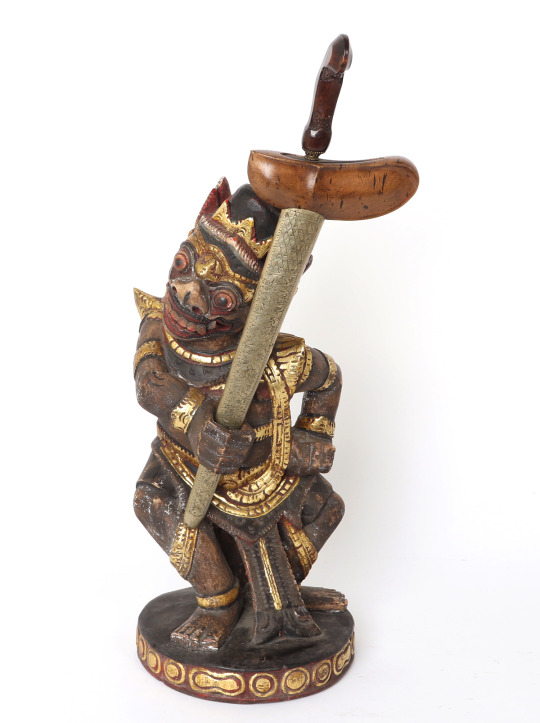

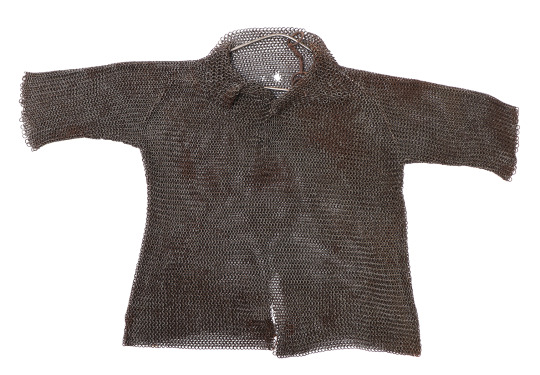
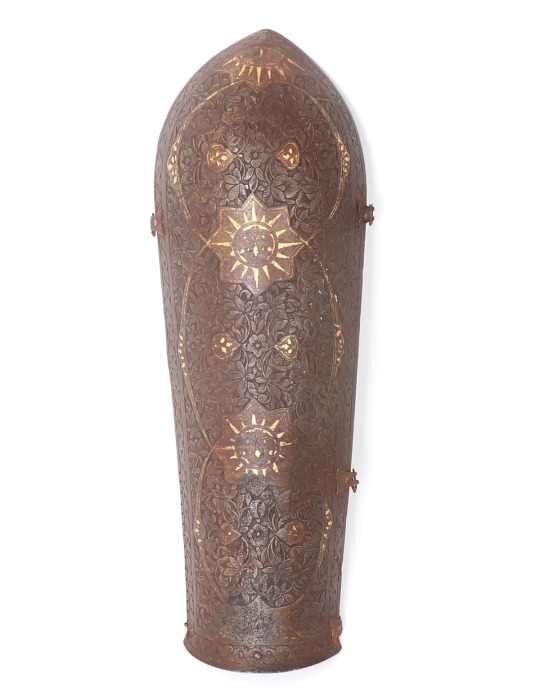
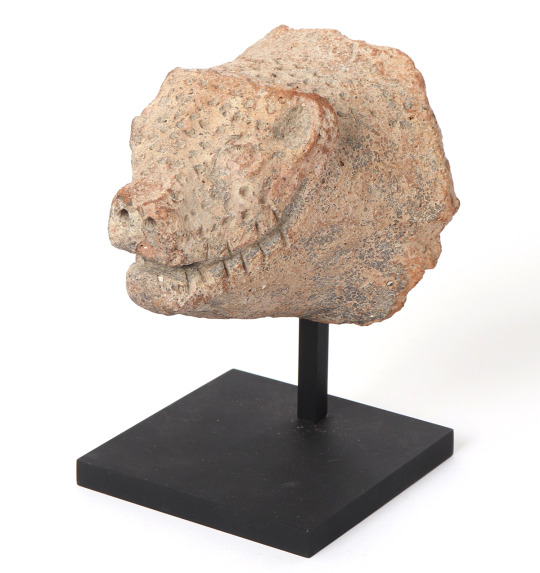




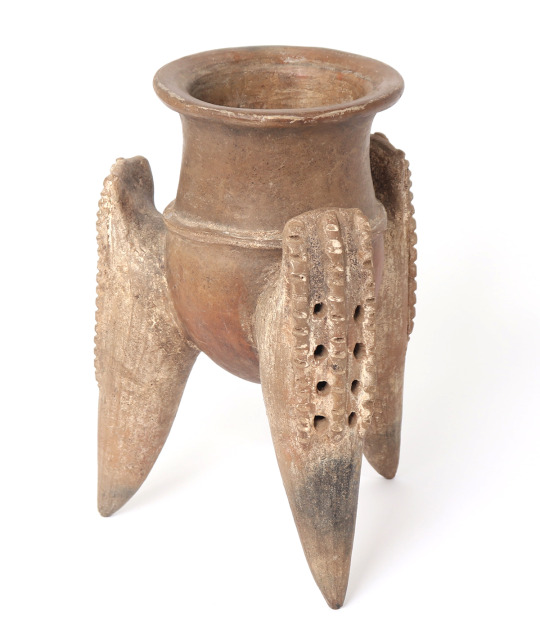

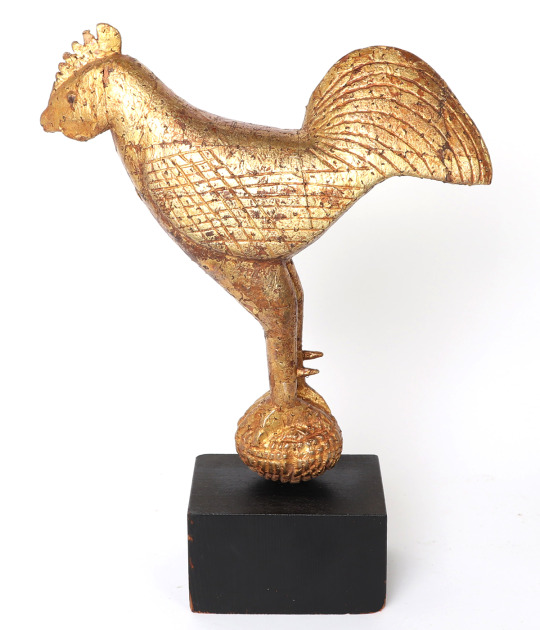


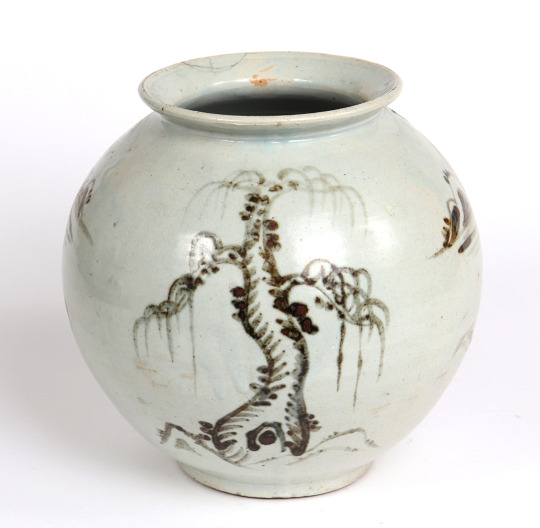

Do you ever get EXCITED anymore? I feel like it's rare to actually get the feeling like thing are going great and there's a future ahead. I know it sounds depressing but pretty sure we can all relate. AnyWHO! I am VERY excited for Wednesday's upcoming auction items and you should be too. Interested in shopping for your loved ones early? Check out our catalog now!
#artifacts#history#art#homedecor#archaeology#museum#ancient#antiques#artifact#handmade#antique#relics#arrowheads#interiordesign#arrowhead#factsonly#relichunting#archeology#ancientart#antiquedecor#interiordecor#swords#armsandarmour#weapons#antiqueguns#flintlock#musket#cutlass#dagger#katana
2 notes
·
View notes
Photo

This Roman bronze oil lamp fixture in the form of a snail peeking out of its shell was found in Pompeii, dating to the C1st BC or AD. 🐌 ✨🤎 📸✨Mary Harrsch #history #rome #ancientrome #pompeii #ancient #ancientcivilization #ancienthistory #ancientart #historynerd #historyfacts #historylovers #historybuff #historylover #coolfacts #snail #snails #snailshell #snailsofinstagram #snailsbelike #homedecor #homedesign #interiordesign (at Pompeii, Italy) https://www.instagram.com/p/CoxKO7hLL3b/?igshid=NGJjMDIxMWI=
#history#rome#ancientrome#pompeii#ancient#ancientcivilization#ancienthistory#ancientart#historynerd#historyfacts#historylovers#historybuff#historylover#coolfacts#snail#snails#snailshell#snailsofinstagram#snailsbelike#homedecor#homedesign#interiordesign
9 notes
·
View notes
Text
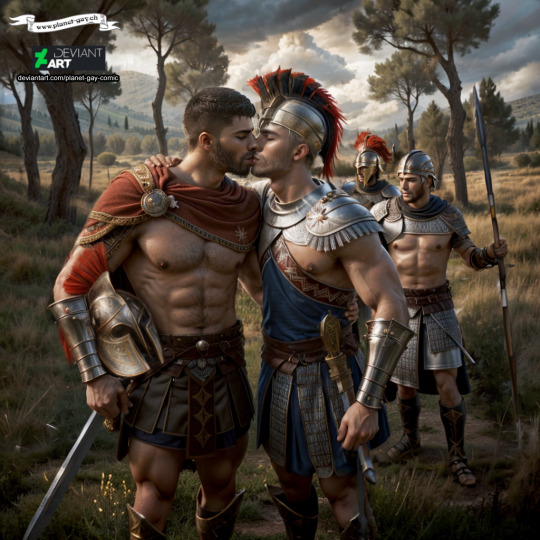
The last Kiss before the Battle
In ancient Greece, homosexuality was not taboo. In fact, it was sometimes even encouraged. The Greeks believed that male love made warriors stronger and more determined.
The Sacred Band of Thebes, also known as the Theban Sacred Band, was a notable military unit in the 4th century BC. This elite unit consisted of 150 warriors, all of whom were members of the noble class. Under the leadership of Epaminondas, a brilliant Theban general, the Sacred Band was trained to be a formidable fighting force. It was also known for its openness towards homosexuality.
Its fame is primarily based on its outstanding performance in the Battle of Leuctra in 371 BC. In this historic conflict, they managed to defeat the then-powerful Spartans. Epaminondas encouraged his men in this decisive battle with inspiring words: "We will either defeat the Spartans today or die in battle." These words are testament to the determination and courage that characterized the Sacred Band.
Another significant moment in its history took place in the Battle of Mantinea in 362 BC. Here, Pelopidas, who was leading the Sacred Band at the time, is said to have encouraged his men with the words: "We are the best warriors in Greece, and we will fight for our freedom today." This commitment to freedom and self-belief helped to solidify the unit's legendary reputation.
At the time of the Sacred Band and the Battles of Leuctra and Mantinea, homosexuality was viewed differently in Greek society than it is today. In fact, it was sometimes even encouraged, especially among the Spartans, who believed that love between men enhanced their fighting prowess. In ancient times, Greek culture was known for its acceptance and openness towards same-sex relationships. This cultural aspect allowed such love relationships, like the one between the two lovers, to be lived in a certain way freely, without the social stigmas that arose later in history.
#gayart#gaycomic#ancient#romanbaths#ancientrome#ancientart#lgbt#loveandfriendship#gayhistory#AncientGreece#HistoricalLove#LGBTQHistory#WarriorsOfThebes#LoveAndWar#SacredBand
85 notes
·
View notes
Text


Tenochtitlán. Mexico City 🌆
#tenochtitlan#ruinas#ancientart#ancient aliens#ancient technology#ancient#piramide#piramides#zocalo#mexicas#aztecas#azteccalendar#mexico city#ciudad de mexico#mexico#cdmx2022#cdmxdenoche#statehumans cdmx#metro cdmx#cdmx#cdmx oficial#cdmxparatodos
15 notes
·
View notes
Text
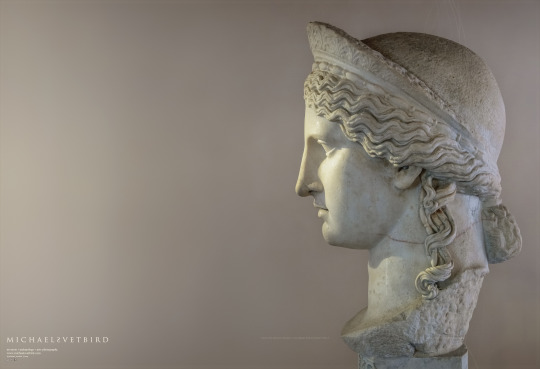

JUNO Ludovisi:
"This head, known in the past as Hera or Juno, was once part of a colossal statue, three times normal size.
The female portrait head, crowned with a diadem, a symbol of royalty and sanctity on the model of the Hera of Ephesus, was reproduced in 16th century paintings and in the following century was regarded as one of the most beautiful sculptures in the Ludovisi Collection..
..Most critical studies have identified this head as the young and idealized portrait of Antonia Minor, the emperor Claudius's mother, deified after her death in 37 AD.
The most relevant iconographic comparison is the portrayal of Antonia on the Ara Pacis.
Other theorists identify the sculpture as Livia, wife of the emperor Augustus."
[txt ©MNR Palazzo Altemps]
Medium-grained Marble,
1 AD.
Palazzo Altemps, Museo Nazionale Romano | MNR PA
[Ground Floor]
• Web : https://museonazionaleromano.beniculturali.it/en/palazzo-altemps
• FB : https://www.facebook.com/MNRomano
• IG : @museonazionaleromano
• TW : @MNR_museo
MNR PA | Michael Svetbird phs©msp | 18|06|23 6000X4100 600
The photographed object is the collection item of MNR PA and subject to copyrights.
[non commercial use | sorry for the watermarks]
📸 Part of the "HEADS.Sculpture" MSP Online Photo-gallery:
👉 D-ART:
https://www.deviantart.com/svetbird1234/gallery/78520831/heads-sculpture
👉 FB Album:
https://www.facebook.com/media/set?set=a.1400262423675664&type=3
.
#rome#roman#palazzoaltemps#museonazionaleromano#altemps#sculpture#ancientsculpture#ancientart#head#ludovisi#juno#hera#livia#sculptureportrait#mythology#antiquity#archaeology#archeologia#ancient#art history#museology#heritage#art#museum#photo gallery#photography#archaeologyphotography#sculpturephotography#museumphotography#michaelsvetbird
28 notes
·
View notes
Photo

Statue of Yuny Early Dynasty 19 (ca. 1294-1269 B.C.) | From Assiut | Limestone This magnificent naophoros statue 𓂙𓏏𓏭𓀾 “ḫnty” of Yuny 𓉺𓏤𓇌𓀰 “ı͗wny” was found in the tomb 𓂝𓂝𓇋𓉴 “ˁˁı͗” of Yuny's father 𓇋𓏏𓆑 “ı͗t” Amenhotep 𓇋𓏠𓈖𓏛𓏏𓊪 “ı͗mn-ḥtp”, a chief physician. Parts of Yuny's own titulary indicate that he also belonged to the medical profession. Yuny kneels 𓊪𓅮𓎼𓀉 “p3g”, holding before him an elaborately carved shrine 𓐍𓋉𓅓𓉯 “ḫm”, probably originally of wood 𓇋𓅓𓏲𓆭𓏫 “ı͗mw”, with a small figure of Osiris 𓊨𓁹 or 𓁹𓊩 “wsir”, god 𓊹 “nṯr” of the underworld 𓇋𓅱𓎼𓏏𓈉 “iwgr.t”. He wears the garments, heavy curled wig and papyrus sandals 𓍿𓃀𓏏𓋸𓋸 “tjbw.ty” that constitute fashionable costume for persons of high status at the time. The double-strand necklace of large lenticular beads known as the "gold of valor" (pic 4) was a decoration given by the king 𓇓𓏏𓈖 “nsw” for distinguished service. Two holes at the back of the neck 𓄊𓏏𓏤𓄼 “wsr.t” may have served for the attachment of real garlands. The now lost eye inlays were of semi-precious stones in metal sockets. Small figures of Rennutet 𓂋𓏌𓅱𓏏𓏏𓁐 “rnwtt” , Yuny's wife 𓈞𓏏𓁐 “ḥm.t, stand in raised relief on either side of the back pillar 𓉺𓏤”iwn” (pic 6). Rennutet wears a festive wig, but is otherwise naked 𓇇𓄿𓇌𓋳 “ḥ3y”; a menit 𓏠𓈖𓇋𓏏𓋧 “mnı͗.t” necklace in her hand and texts above her indicate that she was connected with Hathor 𓉡 “ḥw.t-ḥr” ‘The Temple of Horus’. Stylistically, the Yuny statue is a beautiful example of “post-Amarna" art. 𓋹𓎬𓋹𓎬𓋹𓎬𓋹𓎬𓋹𓎬𓋹𓎬𓋹𓎬𓋹𓎬𓋹𓎬𓋹𓎬𓋹𓎬𓋹𓎬𓋹𓎬𓋹𓎬𓋹𓎬𓋹𓎬 📸 @egyptologylessons 𓋹𓊽𓋴𓆖𓎛𓇳𓎛 © (@metmuseum and description) 𓊁𓊁𓊁𓊁𓊁𓊁𓊁𓊁𓊁𓊁𓊁𓊁𓊁𓊁𓊁𓊁𓊁 #Ancientegypt #ägypten #egyptianhistory #egyptology #hieroglyphs #egypte #egitto #埃及 #مصر #egipto #이집트 #egyptianstatue #limestone #statue #ancientart #doctor #physician #metropolitanmuseumofart https://www.instagram.com/p/CebeLfJOlNA/?igshid=NGJjMDIxMWI=
#ancientegypt#ägypten#egyptianhistory#egyptology#hieroglyphs#egypte#egitto#埃及#مصر#egipto#이집트#egyptianstatue#limestone#statue#ancientart#doctor#physician#metropolitanmuseumofart
37 notes
·
View notes
Photo
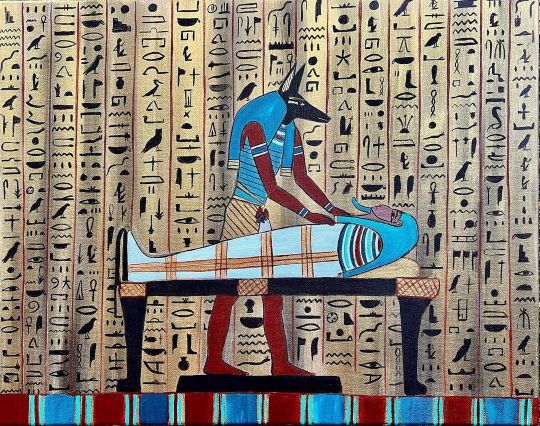
Anubis. The Embalmer God. Hieroglyphs taken from the book of the dead. . . . . #anubis#egypt#egyptianart#embalmer#mummy#mummification #anubistattoo #egyptiangod#egyptianmuseum #egyptianart#ancientegypt #hieroglyphs #ancientart#arthistory (at Salem, Massachusetts) https://www.instagram.com/p/CkZKadXL328/?igshid=NGJjMDIxMWI=
#anubis#egypt#egyptianart#embalmer#mummy#mummification#anubistattoo#egyptiangod#egyptianmuseum#ancientegypt#hieroglyphs#ancientart#arthistory
5 notes
·
View notes